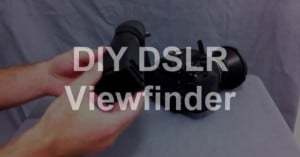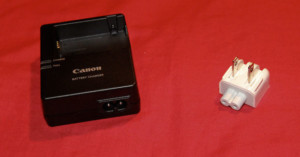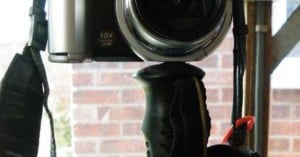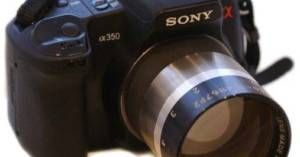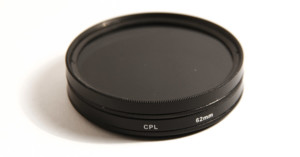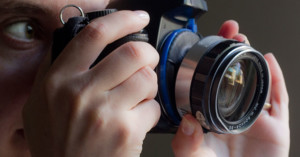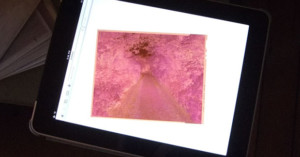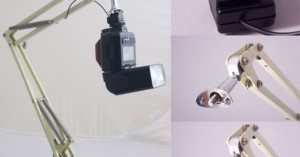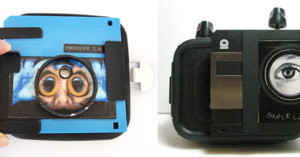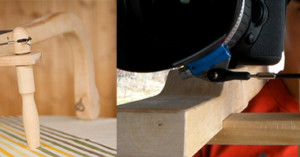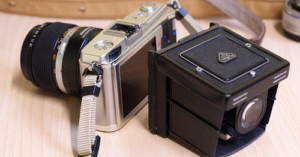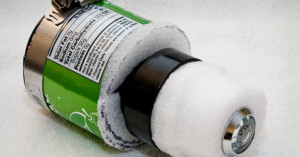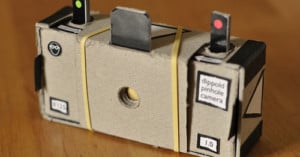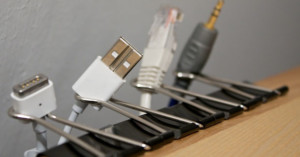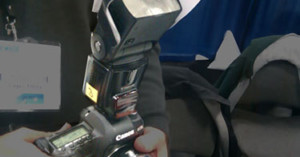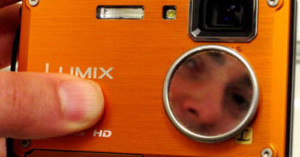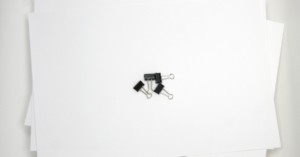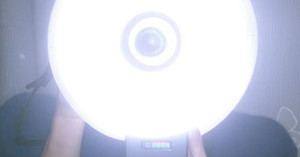
DIY Ring Flash with an Old Strobe and a Plastic Container
One of the things about macrophotography is that you either have to shoot wide open (and have a depth of field of about 1 micron or so) or stopped down to get some decent DOF (but have ridiculous shutter speeds making everything a blur). The solution: put a strobe on it! Given that you are so close to your subject, it's hard to properly light it. A ring flash is a good choice and at the tiny distance it is used from the subject, it has the effect of a large softbox creating even lighting.
